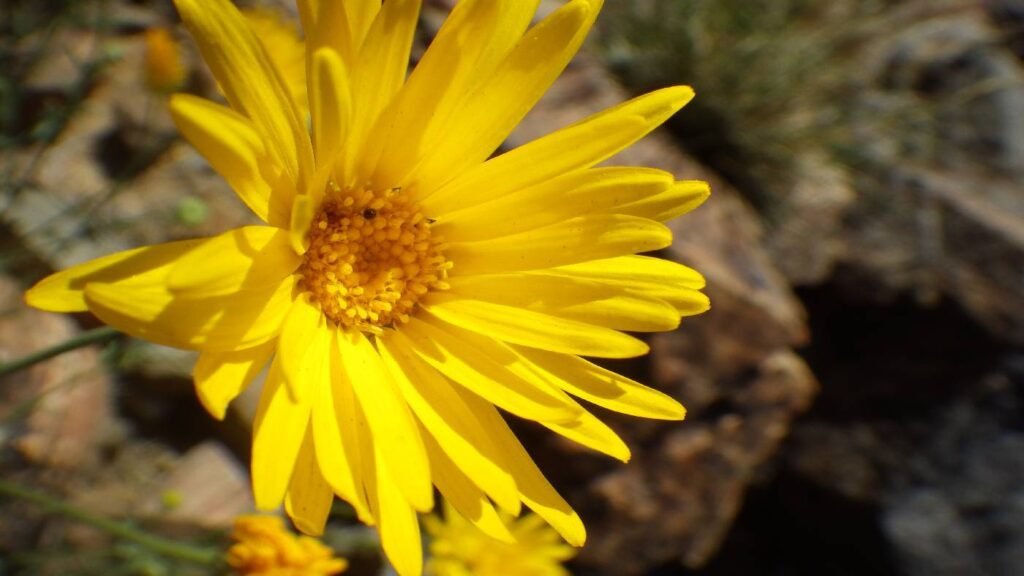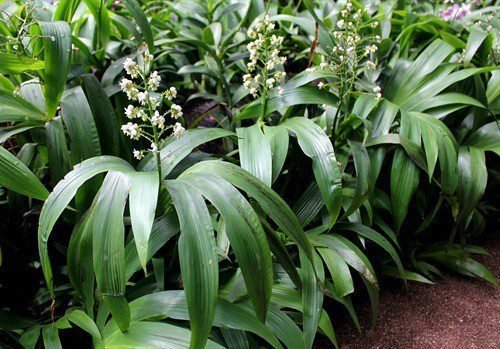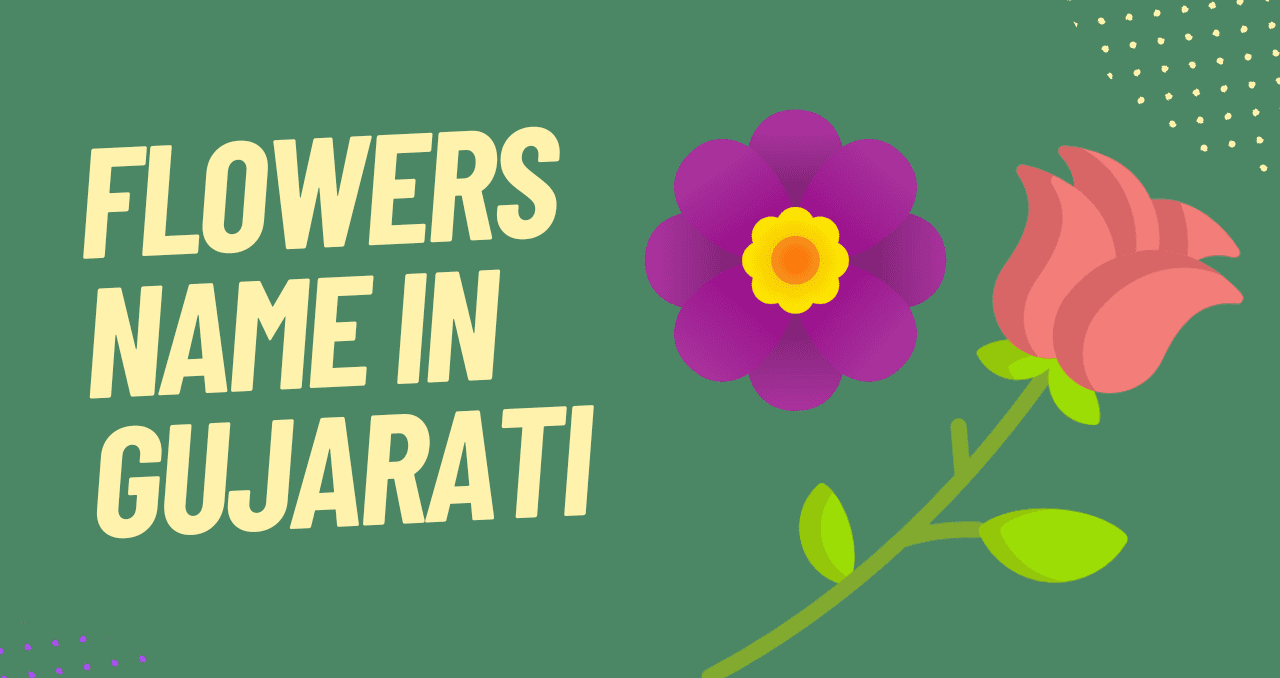If you are looking for Flowers Name With X then Here is a guide that covers the flowers name that starts with Letter X.
Flowers Name With X
Xylobium Orchid

Xylobium orchid is a genus of epiphytic orchids native to Central and South America. They are known for their fragrant and showy flowers, which come in a range of colors including white, yellow, orange, and pink. Xylobium orchids typically grow in a tall and upright manner, with long, slender stems that produce multiple flower spikes. They prefer bright, indirect light and high humidity, and can be grown in a variety of settings, including hanging baskets, mounted on bark or cork, or in pots with well-draining soil. Xylobium orchids are relatively easy to care for and make a beautiful addition to any orchid collection.
Xeranthemum

Xeranthemum is a genus of flowering plants in the Asteraceae family, native to the Mediterranean region and parts of Asia. They are commonly known as “immortelle” or “everlasting flowers” due to their papery, long-lasting blooms that retain their color even when dried. Xeranthemum flowers come in shades of white, pink, purple, and yellow, and are often used in dried flower arrangements or as cut flowers. They are annuals or perennials that grow in a bushy habit, with gray-green foliage and tall stems that reach up to 2 feet in height. Xeranthemum plants prefer well-draining soil and full sun, and are drought-tolerant once established. They are easy to grow and require minimal maintenance, making them a popular choice for gardeners and flower enthusiasts.
Xylosma

Xylosma is a genus of evergreen shrubs and small trees native to Asia and the Americas. They are commonly grown for their dense, glossy foliage and decorative berries, which can be red, purple, or black. Xylosma plants can reach up to 20 feet in height and are typically pruned to maintain a more compact size. They are adaptable to a variety of growing conditions and can tolerate both full sun and partial shade. Xylosma plants are relatively low maintenance and require moderate watering and occasional fertilization. They are commonly used as hedges, screens, or ornamental specimens in gardens and landscaping. Some species of Xylosma are also used in traditional medicine for their purported health benefits.
Xanthoceras

Xanthoceras is a genus of flowering plants in the Sapindaceae family, native to China. They are commonly known as “yellowhorn” due to their large, showy flowers that come in shades of white, pink, and yellow. Xanthoceras plants typically grow as small trees or large shrubs, with a rounded crown and attractive foliage. They are valued for their ornamental beauty, as well as their edible seeds, which are used in traditional Chinese medicine and cuisine. Xanthoceras plants are hardy and adaptable to a range of growing conditions, but prefer well-draining soil and full sun to partial shade. They are relatively low maintenance and require occasional pruning to maintain their shape. Xanthoceras are popular in gardens and landscaping for their unique and striking appearance.
Xylocopa

Xylocopa is a genus of large, solitary bees commonly known as “carpenter bees”. They are distributed worldwide and are named for their habit of excavating nests in dead wood, bamboo, or plant stems. Xylocopa bees are important pollinators of many plant species, particularly those with large, open flowers. They have shiny, black bodies and can range in size from 10 to 30 millimeters in length. Xylocopa bees are generally not aggressive and are unlikely to sting unless provoked. They feed on nectar and pollen, and their nesting behavior can help break down dead wood and contribute to nutrient cycling in forest ecosystems. However, Xylocopa bees can sometimes cause damage to wooden structures if they excavate nests in untreated or weathered wood.
Xyris

Xyris is a genus of flowering plants in the Xyridaceae family, native to wetlands and marshes in the Americas, Africa, and Madagascar. They are commonly known as “yellow-eyed grass” due to their small, bright yellow flowers that resemble eyes. Xyris plants are typically small, herbaceous perennials with narrow leaves and erect stems. They are adapted to wetland habitats and are often found in bogs, swamps, and along the edges of ponds and streams. Xyris plants are important components of wetland ecosystems, providing habitat and food for a variety of insects, birds, and small mammals. Some species of Xyris are also used in traditional medicine for their purported health benefits.
Xanthisma

Xanthisma is a genus of flowering plants in the Asteraceae family, native to the southwestern United States and Mexico. They are commonly known as “sleepy daisies” due to their yellow, daisy-like flowers that close up at night or during periods of drought. Xanthisma plants are small, bushy perennials with gray-green foliage and slender stems that reach up to 2 feet in height. They are adapted to arid environments and can tolerate heat, drought, and poor soil conditions. Xanthisma plants are important sources of nectar and pollen for bees and other pollinators, and are popular in gardens and landscaping for their bright and cheerful blooms. Some species of Xanthisma are also used in traditional medicine for their purported health benefits.
Xiphidium

Xiphidium is a genus of flowering plants in the family Haemodoraceae, native to the Americas. They are commonly known as “sword lilies” due to their long, narrow leaves that resemble swords. Xiphidium plants are typically small, herbaceous perennials that grow in clumps or mats, with slender stems that reach up to 2 feet in height. They are adapted to wetland habitats and are often found in marshes, bogs, and along the edges of ponds and streams. Xiphidium plants are important components of wetland ecosystems, providing habitat and food for a variety of insects, birds, and small mammals. Some species of Xiphidium are also used in traditional medicine for their purported health benefits.
Xylosteum

Xylosteum is a genus of flowering shrubs in the Adoxaceae family, native to Europe and Asia. They are commonly known as “fly honeysuckles” due to their fragrant, tubular flowers that attract a variety of insects, particularly flies. Xylosteum plants are typically deciduous shrubs with opposite leaves and arching branches that can reach up to 10 feet in height. They are adaptable to a variety of growing conditions and can tolerate both full sun and partial shade, as well as a range of soil types. Xylosteum plants are popular in gardens and landscaping for their attractive foliage and flowers, as well as their berries, which are often eaten by birds and other wildlife. Some species of Xylosteum are also used in traditional medicine for their purported health benefits.
Xerochrysum

Xerochrysum is a genus of flowering plants in the Asteraceae family, native to Australia and New Zealand. They are commonly known as “paper daisies” due to their dry, papery flowers that come in a range of colors, including white, yellow, pink, and red. Xerochrysum plants are typically small, bushy perennials with gray-green foliage and slender stems that reach up to 2 feet in height. They are adapted to arid environments and can tolerate heat, drought, and poor soil conditions. Xerochrysum plants are popular in gardens and landscaping for their attractive, long-lasting blooms, and are also used in cut flower arrangements. Some species of Xerochrysum are also used in traditional medicine for their purported health benefits.
Conclusion
In conclusion, although there are not many flowers with names starting with the letter X, the ones that do exist are fascinating and diverse in their characteristics and uses. From the striking beauty of Xylobium orchids to the fragrant blooms of Xylosteum shrubs, these plants offer a unique contribution to the world of flowers. Some, like Xeranthemum, are valued for their ornamental appeal, while others, such as Xanthoceras, have culinary and medicinal uses. Despite their relative rarity, flowers with names starting with X demonstrate the incredible diversity and adaptability of the plant kingdom, and serve as a reminder of the endless wonders and surprises of the natural world.
Do you have any favorite flowers listed above? You can customize your favorite flowers into a gift. It is as beautiful as the flowers and can be kept forever! Customized Lapel Pins are a good choice. You can customize any flower badge you like and add a blessing to the person you want to give it to so that she can stick your special blessing on her bag or clothes. I believe she will like this gift.








